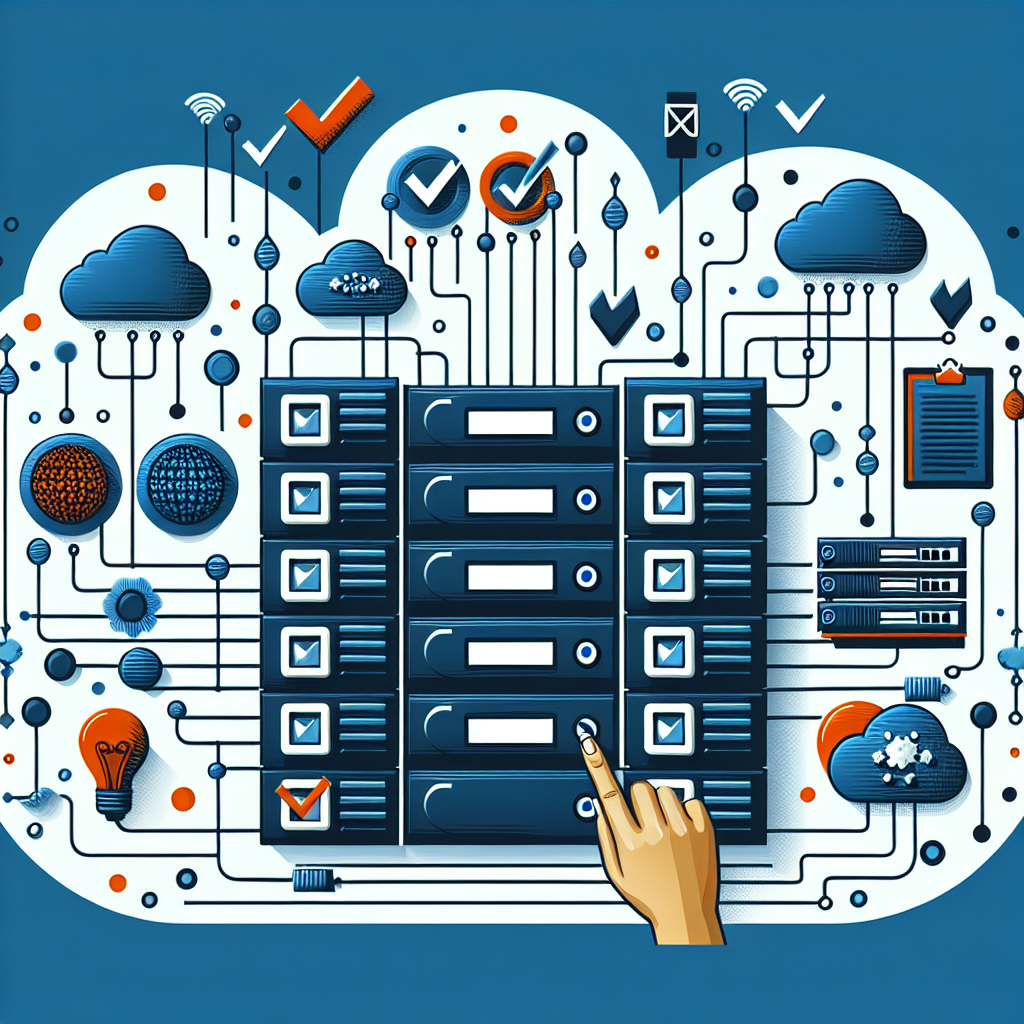Key Considerations for Choosing the Right Data Center Infrastructure Management (DCIM) Software
In today’s digital age, data centers play a crucial role in storing and managing the vast amounts of data generated by businesses. With the increasing complexity and scale of data centers, it has become essential for organizations to invest in Data Center Infrastructure Management (DCIM) software to effectively monitor and manage their data center operations. However, with a plethora of DCIM software options available in the market, choosing the right one can be a daunting task. To help you make an informed decision, here are some key considerations to keep in mind when selecting a DCIM software for your organization:
1. Scalability: One of the most important factors to consider when choosing a DCIM software is scalability. Your organization’s data center requirements are likely to grow over time, so it’s important to choose a software solution that can scale with your business needs. Make sure the software can support the number of devices and data points in your data center, as well as any future expansion plans.
2. Integration: Another crucial factor to consider is the software’s ability to integrate with your existing IT infrastructure. Choose a DCIM software that can seamlessly integrate with your network management systems, asset management tools, and other IT systems to provide a comprehensive view of your data center operations. This will help streamline processes, improve efficiency, and ensure seamless communication between different systems.
3. Monitoring and Reporting Capabilities: Effective monitoring and reporting are essential for efficiently managing data center operations. Look for a DCIM software that offers real-time monitoring of power consumption, temperature, humidity, and other critical infrastructure metrics. The software should also provide customizable reports and dashboards to help you analyze data center performance, identify trends, and make informed decisions.
4. Automation and Workflow Management: Automation is key to optimizing data center operations and reducing manual intervention. Choose a DCIM software that offers automation capabilities for tasks such as provisioning, scheduling maintenance, and managing alerts. The software should also support workflow management to streamline processes, improve efficiency, and ensure compliance with industry standards and best practices.
5. Security and Compliance: Data security and regulatory compliance are top priorities for organizations operating data centers. When choosing a DCIM software, make sure it adheres to industry standards and best practices for data security and compliance. Look for features such as role-based access control, encryption, and audit trails to ensure the confidentiality, integrity, and availability of your data.
6. Vendor Support and Updates: Lastly, consider the vendor’s reputation, support services, and commitment to product updates and enhancements. Choose a reputable vendor with a proven track record of delivering reliable and responsive customer support. Ensure the software is regularly updated with new features, security patches, and bug fixes to stay ahead of evolving data center challenges.
In conclusion, choosing the right DCIM software is a critical decision that can have a significant impact on your data center operations. By considering factors such as scalability, integration, monitoring capabilities, automation, security, and vendor support, you can select a DCIM software that meets your organization’s specific requirements and helps drive efficiency, reliability, and compliance in your data center infrastructure management.


